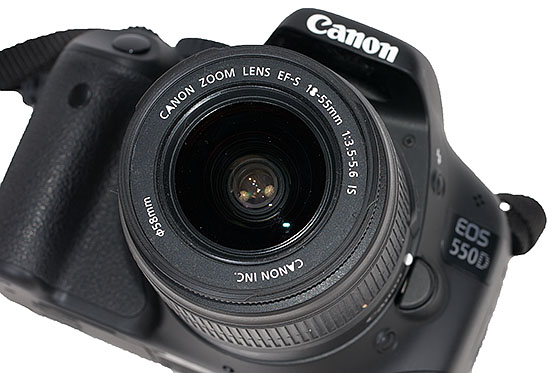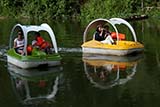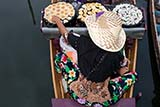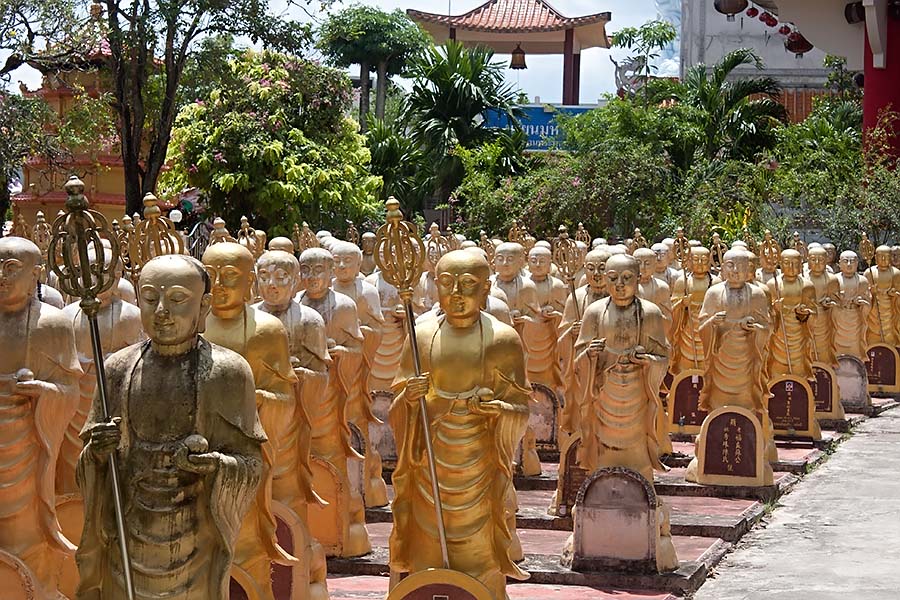Canon EF-S 18-55mm II Lens Review
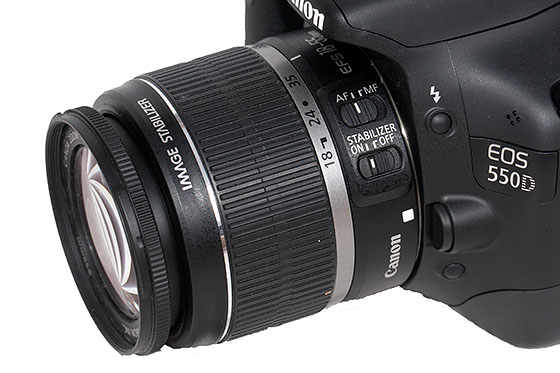
Sample Images
A selection of photos taken with the Canon 18-55 f/3.5-4.5 II IS lens in Thailand.
Clicking on the thumbnail images will open a larger image in a pop-up window.
ISO: 200
Aperture: f/5.6
Shutter speed: 1/100
Focal length: 24mm
EC +/-: 0
Monopod/Tripod: No
Flash: Canon 430EX II
Location: Hat Yai, Thailand
File Size: 178 KB
ISO: 3200
Aperture: f/3.5
Shutter speed: 1/30
Focal length: 18mm
EC +/-: 0
Monopod/Tripod: No
Flash: No
Location: Phuket, Thailand
File Size: 216 KB
ISO: 200
Aperture: f/5.6
Shutter speed: 1/100
Focal length: 18mm
EC +/-: 0
Monopod/Tripod: No
Flash: Canon 430EX II
Location: Hat Yai, Thailand
File Size: 289 KB
Introduction
This is the kit lens that comes with Canon's entry level 'Rebel' DSLR's. It is an EF-S lens (with a white dot, rather than a red one) and therefore it can only be used with 1.6 crop factor (APS-C sensor cameras). It can't be used with full frame film or digital cameras, or with 1.3 crop factor APS-H cameras.
All Canon 1.6x crop factor DSLR cameras have been able to accept EF-S mount lenses since the 20D. My original 10D didn't have the capability and neither, I believe, did the 300D.
I only have access to this lens because it came with my wife's 550D DSLR. It's fairly compact, made from plastic, and therefore light. It feels very light when used in conjunction with a Rebel body and this combination is easy to use with small hands.
I have never owned this lens and I don't use my wife's lens because I have other, better lenses. The shots on this page were taken to write this page.
Performance
The autofocus works quickly and accurately, and the Image Stabilisation (IS) is effective. The IS works adequately for still photos and works particular well in movie mode. There is a good steadycam effect for videos.
With still photography the IS isn't as noticeable when it is working as it is on my 'L' lenses. On the 'L' lenses there is a distinctive noise when it is active.
The image quality will probably be good enough for purchasers of entry level DSLRs who wish to share photos on-line and make small prints. I am not a pixel peeper but when closely scrutinised it is quite easy to see the flaws in this budget lens.
Corner Sharpness, Vignetting and Purple Fringing
On some quick test shots the corner sharpness seemed quite good, even with the lens wide open. Vignetting wasn't too bad in conditions with good lighting but will be noticeable when the light starts to fade.
It's not too difficult to find some signs of purple fringing if you start pixel peeping at 200% magnification. This isn't surprising really for such a cheap lens. However, if you don't pixel peep and downsize images for the web or print 6x4 you probably won't notice anything.
Colour And Contrast
The only zoom lens I have with a similar focal length range with which to make comparisons is the Canon EF 17-40mm f/4L.
I was expecting the colours, contrast and overall image quality to be a lot better with the 'L' lens. However, images of exactly the same scene taken from the same position with the same exposure settings showed that actually there was very little difference.
The 'L' lens is a lot more solid and the manufacturing quality is obvious. Its image quality under close scrutiny is also better but for general photography there isn't a lot of difference.
Hood
The kit lens doesn't come with a hood, however, the Canon EW-60C hood is available and can be purchased separately. I'm not sure that many people would bother buying a hood for this lens.
Manual Focusing
The lens doesn't support full time manual focusing. Has this ever been a problem for my wife? No. Will it ever be a problem for her? No. Does she even know that the lens can be manually focused? Probably no.
I guess that there are lots of people using Rebel cameras and this lens who are just like her. Those with more technical nous who need to do focus manually sometimes probably buy more expensive cameras and lenses.
I attempted a close up shot at around the 0.25m minimum focusing distance. I decide to use my camera's Live View function and to focus manually at 10x magnification.
I had left the lens in Auto Focus (AF) mode and when I tried to focus manually there was lots of resistance. With this lens it is necessary to switch the lens into Manual Focus (MF) mode.
Even then, manual focusing isn't great. The focusing ring on the inner barrel of the lens is very narrow and the barrel wobbles slightly. This is when the lens starts to feel cheap. By comparison, my Canon EF 17-40mm f/4L feels solid and very well made.
There are limitations with this lens but the limitations probably don't concern the majority of people who buy entry level camera bodies and lenses.
Field Of View
The field of view is roughly equivalent to a 28-90mm lens on a film camera using 36x24 film or a full frame digital SLR. Even though sometimes the lens could be wider or longer, it is a fairly useful range for general photography.
The following photo was taken at a focal length of 18mm. If you mouse over, you should see a photo taken at a focal length of 55mm with the camera in exactly the same position.
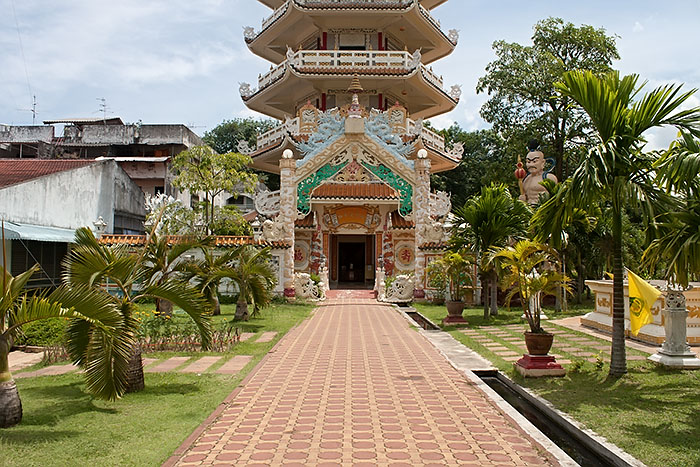
Just for comparison purposes, the following photo of the same scene was taken at a focal length of 17mm with my Canon EF 17-40mm f/4L lens. The extra millimetre on the wide end makes a fairly small difference.

Conclusion
The people at Canon know their business, know the camera-buying market, and understand the people who buy their cameras. For every pixel-peeping gearhead obsessive on the DP Review forums there are a thousand people like my wife who buy cameras to record and share the important moments in their lives.
The pixel-peeping gearheads will tear this lens apart and consider it almost worthless. However, for the vast majority of people who actually use it to take photos it is perfectly adequate.
It isn't as solid or as well built as more expensive lenses and the controls aren't as positive or smooth. It has its limitations but in many situations it makes photos to equal my EF 17-40 f/4L.
It's cheap, small, light and the IS is effective. It's actually a fine little lens for the money.
Lens Details
Weight: 7.1oz; 200g
Filter Diameter: 58mm
Closest Focusing Distance: 9.8in; 0.25m
Minimum Aperture: f/22-f/36
Maximum Aperture: f/3.5-f/5.6
Autofocus: Micro Motor
Date Purchased: August 2011
Supplier: Chia Color Lab, Hat Yai, Thailand
Price: Included in 550D kit (24,603 Thai Baht)
Lens Hood: EW-60C (not included)
Other Review Pages You May Be Interested In

